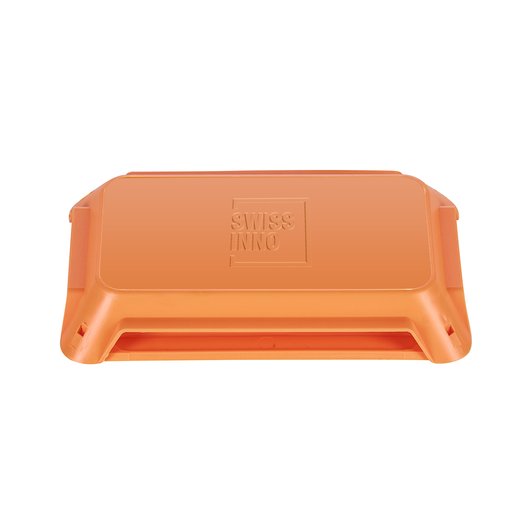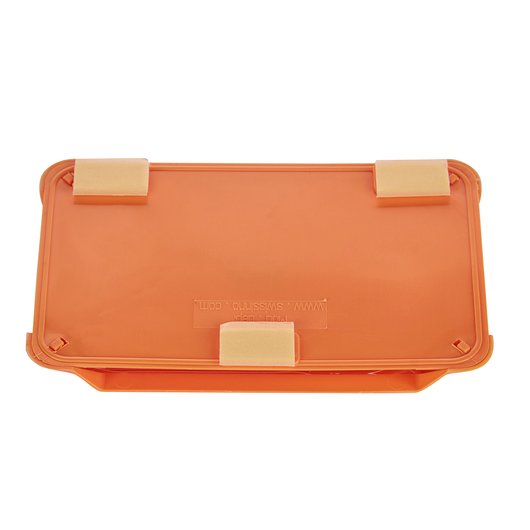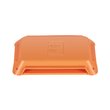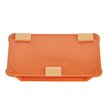The inside of the clothes moth trap is coated with a powerful glue and contains a sexually alluring pheromone that attracts male moths into the trap where they are caught by the adhesive, and die. This severely curtails the breeding opportunities of the moths, which then reduces the moth population. Even when moths are not obviously present, a trap will often catch a few moths, so giving an early warning of a new infestation by moths such as the Mediterranean flour moth, the Indian meal moth, the tobacco moth, and others.


![[Translate to EN:] [Translate to EN:]](/files/pics/7/2/csm_Mouse__860x586px_4295e63b71.jpg)
![[Translate to EN:] indian-meal moth on oatmeal [Translate to EN:] indian-meal moth on oatmeal](/files/pics/b/6/csm_indian-meal-moth-on-oatmeal_low_659108f917.jpg)
![[Translate to EN:] Schnecken [Translate to EN:] Schnecken](/files/pics/5/f/csm_Slug__860x586px_da4b2d7f83.jpg)
![[Translate to EN:] Vogel [Translate to EN:] Vogel](/files/pics/8/9/csm_Bird__860x586px_273b7ffaf9.jpg)
![[Translate to EN:] Ratten [Translate to EN:] Ratten](/files/pics/0/9/csm_Rat__860x586px_e3e988d139.jpg)
![[Translate to EN:] Maulwurf [Translate to EN:] Maulwurf](/files/pics/2/e/csm_Mole__860x586px_d43e7e8948.jpg)
![[Translate to EN:] Marder [Translate to EN:] Marder](/files/pics/d/6/csm_Marten__860x586px_7508da5714.jpg)
![[Translate to EN:] Fliege [Translate to EN:] Fliege](/files/pics/a/d/csm_Fly__860x586px_66c70bb32f.jpg)













